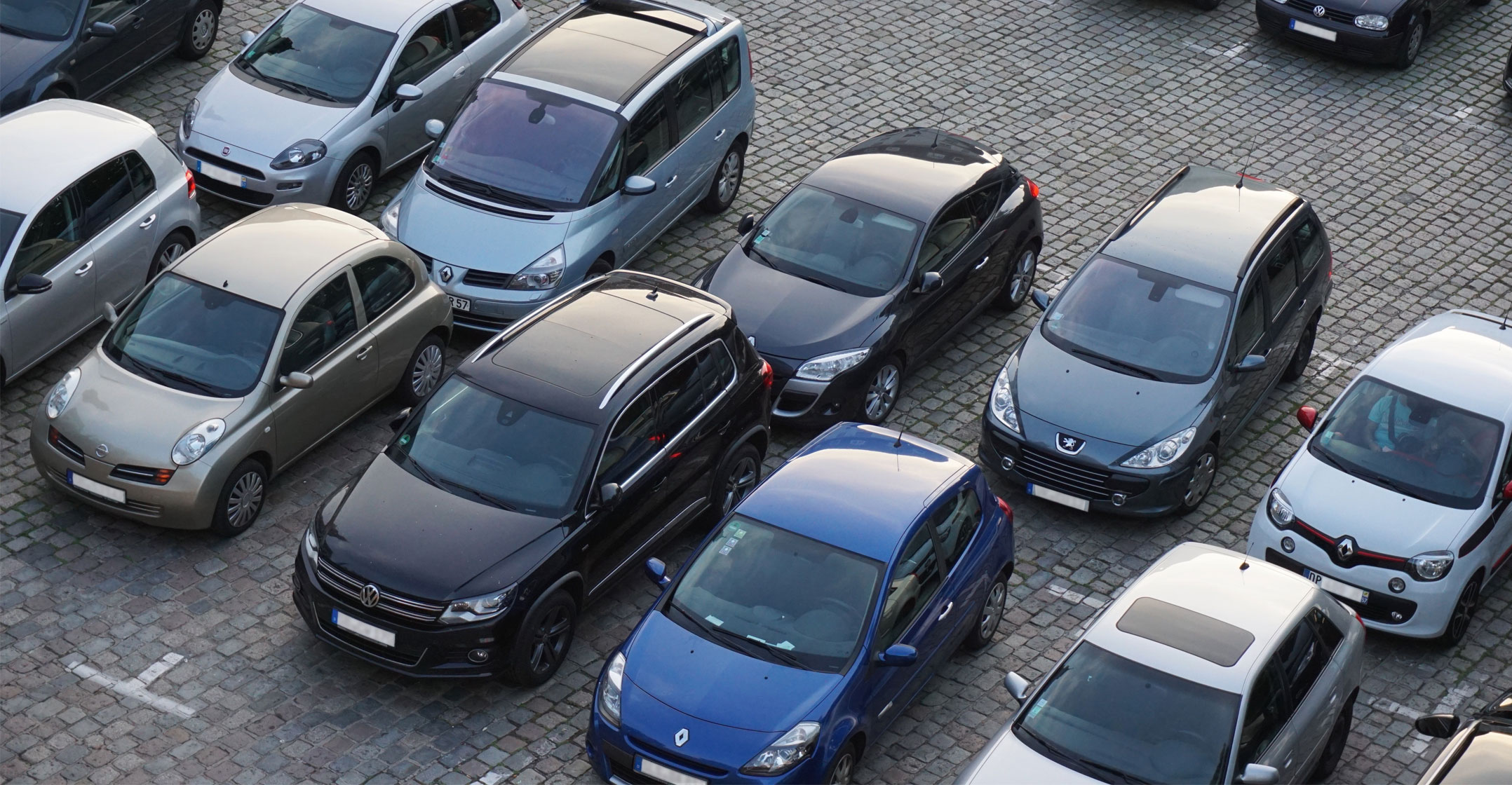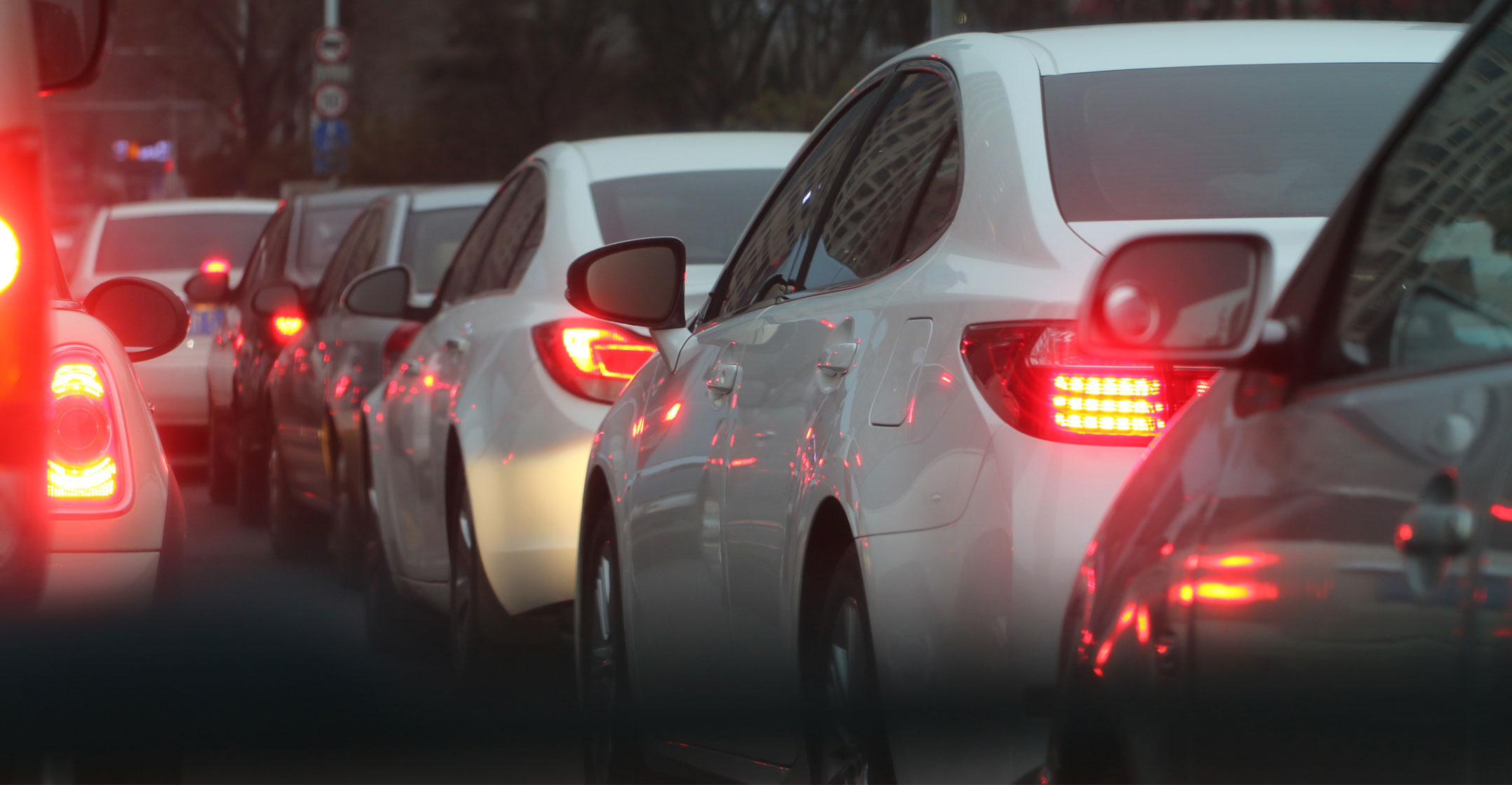 Predictions that autonomous cars powered by artificial intelligence will create a safer, more harmonious world may be off base. That’s because the new thinking technology will respond to different incentives than humans, and that won’t necessarily lead to better outcomes.
Predictions that autonomous cars powered by artificial intelligence will create a safer, more harmonious world may be off base. That’s because the new thinking technology will respond to different incentives than humans, and that won’t necessarily lead to better outcomes.
Figuring out what the streets will be like once they’re owned by driverless cars isn’t an exact science, but a number of researchers have run game theory-based simulations or real-life experiments to try to work it out.
Trials such as the one described in a 2018 paper by Xiang Ji of the North China Electric Power University predict that driverless vehicles will reduce congestion: because they communicate with one another all the time, the cars will know when a street is congested and will pick an alternate route. Another paper, by a team of researchers led by Daniel Work of the University of Illinois at Urbana-Champaign, argued that autonomous vehicles capable of optimising their speed to avoid stopping would put an end to irritating stop-and-go waves.
Another argument in favour of self-driving cars’ ability to decrease congestion is that they reduce the need for parking spaces: the cars won’t wait for you but will just go off to pick up another passenger. That, however, could cause other problems, as Adam Millard-Ball of the University of California, Santa Cruz showed in a recent paper.
The autonomous vehicles’ behaviour, he wrote, would most likely be economically driven. They’d decide whether to park (and if so, where) or to keep going on the basis of cost. Parking is expensive in city centres today: in downtown Sydney, leaving one’s car for eight hours costs about US$47 (about R633).
Crafty behaviour
Imagine an autonomous vehicle owned by an individual rather than a taxi fleet. This car would be able to avoid the high fees by going to a less congested area outside the city centre to wait for its owner. It could also rely on more crafty behaviour, stopping at a series of spots where parking is only free for a time or even standing next to a meter and driving off if a security officer arrives. Finally, it could go home and wait there.
All these behaviours would dramatically increase the amount of driving around done by empty cars. But, worst of all, it might be economically justified for the self-driving vehicles just to keep cruising without parking anywhere – the way drivers picking up a passenger at an airport drive around the terminal when they want to avoid paying for short-term parking. Cruising is cheaper at slower speeds, according to Millard-Ball: “AVs trying to pass time by cruising, and doing so at the least cost, will seek out congested traffic. This is particularly true for battery-electric vehicles, where the efficiency penalty for slower speeds is less than for vehicles with internal-combustion engines.”
 Creating a traffic jam and moving very slowly in it would cost at little as $0.29/hour in San Francisco, Millard-Ball’s model showed; moving at 14km/h, the average for the evening rush hour in that city in 2017, would imply a cost of $1.98/hour. That’s cheaper than downtown parking — and often more efficient than driving a few miles to park in a cheaper area. Millard-Ball calculated that cruising while waiting for the owner-passenger would be the most cost-effective option for 40% of trips to downtown San Francisco. Fewer than 4 000 autonomous vehicles would be enough to slow certain streets to about 1.6km/h — an excellent, cost-effective speed for a waiting vehicle.
Creating a traffic jam and moving very slowly in it would cost at little as $0.29/hour in San Francisco, Millard-Ball’s model showed; moving at 14km/h, the average for the evening rush hour in that city in 2017, would imply a cost of $1.98/hour. That’s cheaper than downtown parking — and often more efficient than driving a few miles to park in a cheaper area. Millard-Ball calculated that cruising while waiting for the owner-passenger would be the most cost-effective option for 40% of trips to downtown San Francisco. Fewer than 4 000 autonomous vehicles would be enough to slow certain streets to about 1.6km/h — an excellent, cost-effective speed for a waiting vehicle.
It’s more likely, of course, that most self-driving cars won’t belong to individual owners but to fleets. That, according to Millard-Ball, would partially mitigate the potential problem but not solve it.
A shared AV fleet would still render city-centre parking charges impotent as a constraint on vehicle travel, as the traveller would not have to pay. Moreover, just as today’s taxis and ride-hailing vehicles often park during periods of lower demand, a fleet of shared AVs would require parking or would cruise around during off-peak times.
It would be interesting to see how a self-driving car caught in a “mobile parking lot” of slow-moving vehicles would get to the owner, or to the next passenger, on time. Millard-Ball doesn’t discuss it, but then that probably wouldn’t be a concern in the car’s initial parking cost calculation.
There would be ways for cities to alter the self-driving cars’ behaviour by adjusting parking prices to make cruising uneconomical. But that would likely mean creating more downtown spaces for them to wait out off-peak hours. Cities would lose parking pricing as an important way to discourage driving to city centres. It would require a separate model to figure out how that would affect congestion.
Thinking like AI
Even if Millard-Ball is wrong, his model is off or autonomous vehicles are built to avoid disruptive behaviour like finding the most congested streets and cruising in circles instead of parking, the researcher’s mental exercise is still useful. When imagining the effects of vehicle autonomy on our lives, we need to try thinking like artificial intelligence, not like humans. Then, potential will emerge for all kinds of strange, counter-intuitive behaviours.
The best way to take advantage of self-driving capabilities would be for humans to keep more control — for example, by allowing autonomy only for public minivans and buses in dedicated lanes — a concept promoted by urban planner Peter Calthrope as “autonomous rapid transit”. It would ensure that self-driving vehicles never circulate without passengers, and it would greatly increase the efficiency of public transportation by fitting capacity to demand. Best of all, it wouldn’t let artificial intelligence get too creative for humans’ good. — (c) 2019 Bloomberg LP




